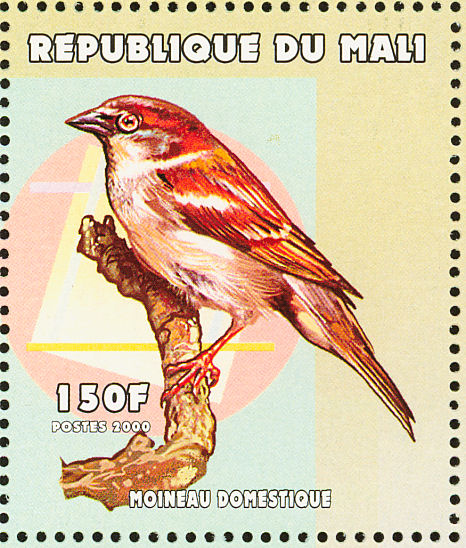Paris is full of sparrows. It always has been, and the city’s most memorable singer, small but irrepressible, called herself after the French slang word for sparrow, piaf. But London isn’t. Not any more. In one of the most remarkable events in the natural world of the last few decades, only now being properly perceived, the capital’s sparrows have disappeared. At the Tower of London, in Trafalgar Square, at Piccadilly Circus, around Big Ben, outside Buckingham Palace, in St James’s Park, at any of the sights where tourists gather and where 20 years ago hungry and hopeful sparrows would pursue them, just like their plentiful Parisian cousins were doing last month, they have vanished. Across central London, in the streets, under the eaves, in the hedges, along the railway lines, in the great railway stations, in the parks and the gardens and the trees, they have melted away. There is no doubt about it: the figures are there. In November 1925, a young man of 21 went into one of central London’s greenest parks, Kensington Gardens, and counted the house sparrows (Passer domesticus): there were 2,603. The man was Max Nicholson, a passionate ornithologist and the founding father of Britain’s environmental institutions, who as a senior civil servant in 1949 brought into being the world’s first statutory conservation body, the Nature Conservancy, and subsequently ran it for 15 years. In December 1948 he repeated the survey: there were 885 birds. In November 1966 there were 642. In November 1975 there were 544. And when he counted them in February 1995, at the age of 91, there were 46, a number which almost certainly will by now have dropped even further.
Source: The Independent, 6 October 2016
http://www.independent.co.uk/30yearsoftheindependent/where-have-all-the…

- Login om te reageren
